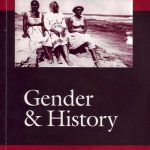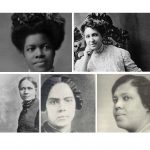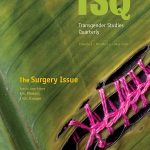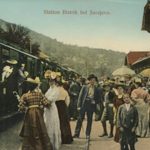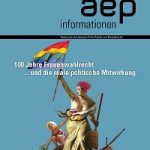 Historical Reflections; Editor: Elizabeth C. Macknight, University of Aberdeen; Co-Editor: W. Brian Newsome, Elizabethtown College (Web)
Historical Reflections; Editor: Elizabeth C. Macknight, University of Aberdeen; Co-Editor: W. Brian Newsome, Elizabethtown College (Web)
Proposals by: no information available
The editors invite submission of articles on the historical roots of contemporary trans-Atlantic phenomena, including but not limited to the gilets jaunes, Black Lives Matter/related European protests, and pandemics such as the 1918 influenza and COVID-19.
Historical Reflections/Réflexions Historiques (HRRH) has established a well-deserved reputation for publishing high quality articles of wide-ranging interest for over forty years. The journal, which publishes articles in both English and French, is committed to exploring history in an interdisciplinary framework and with a comparative focus. Historical approaches to art, literature, and the social sciences; the history of mentalities and intellectual movements; the terrain where religion and history meet: these are the subjects to which Historical Reflections/Réflexions Historiques is devoted.
Manuscript Submission
Articles may be submitted individually or in groups of three to six to Senior Editor Elizabeth Macknight (e.macknight@abdn.ac.uk) and co-editor Brian Newsome (brian.newsome@gcsu.edu). Scholars seeking to coordinate submission of article groups should contact the editors beforehand. Articles should be 7,000-9,000 words in length, and be submitted as email attachments, formatted as Microsoft Word or Rich Text Format files. For further details, including submission guidelines, please refer to the journal’s website.
Have other questions? Please refer to the Berghahn Journals page for general information and guidelines including topics such as article usage and permissions for Berghahn journal article authors (Web).
Historical Reflections is indexed in: • Arts & Humanities Citation Index (Web of Science) • Scopus • Historical Abstracts • ERIH PLUS. For a full listing of indices, please visit the website.
Source: H-Net Notifications

